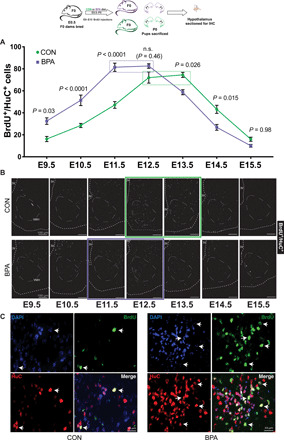Fig. 1. Gestational BPA exposure alters behaviors.

In open-field testing [representative tracking images in (A)], BPA mice exhibited increased time away from the wall (B), zone transitions (C), and total distance (D). In the elevated plus maze [representative tracking images in (E)], BPA mice spent more time in the open arms (F) and again exhibited increased zone transitions (G). In forced swim testing, time to initial immobility was unchanged (H), but BPA mice exhibited higher total movement time (I). The rotarod test indicates that locomotion is unaffected as measured by time to failure (J) or maximum speed achieved (K). In three-chamber testing, BPA mice interacted longer with a stranger mouse versus an empty cage [representative tracking images in (L) and quantification in (M)] or a littermate (N). Unexposed F3 mice descended from F1 BPA dams also displayed altered behavior, interacting less with a stranger animal versus an empty cage (O) while displaying higher activity (P), although this activity effect was only found in males (Q) as female F3 mice were indistinguishable from controls (R). Similar effects were observed against a littermate. F3 BPA mice entered the stranger zone less (S) but traveled more distance (T), again entirely due to male F3 BPA mice (U) not females (V). WT, wild type.
